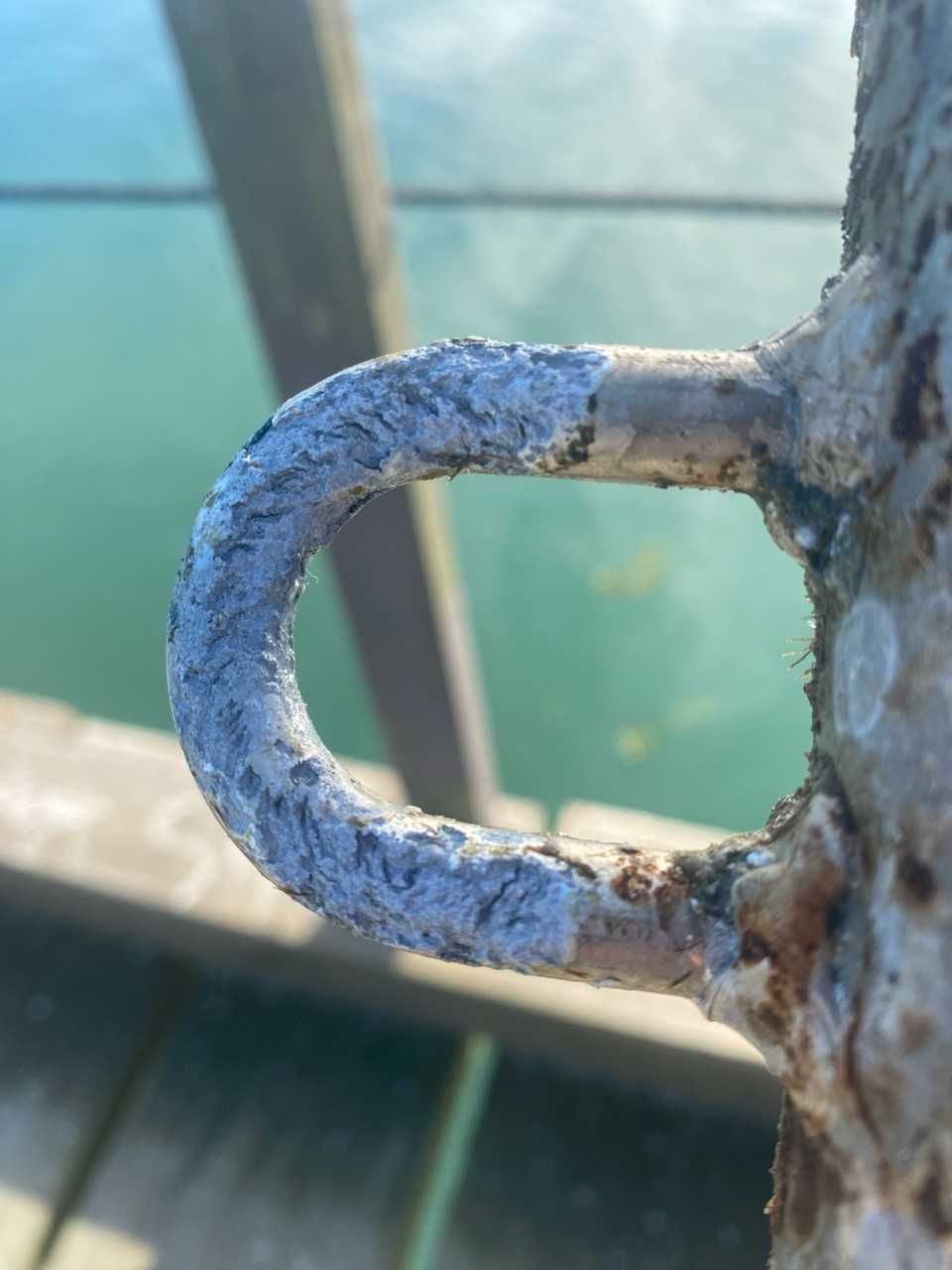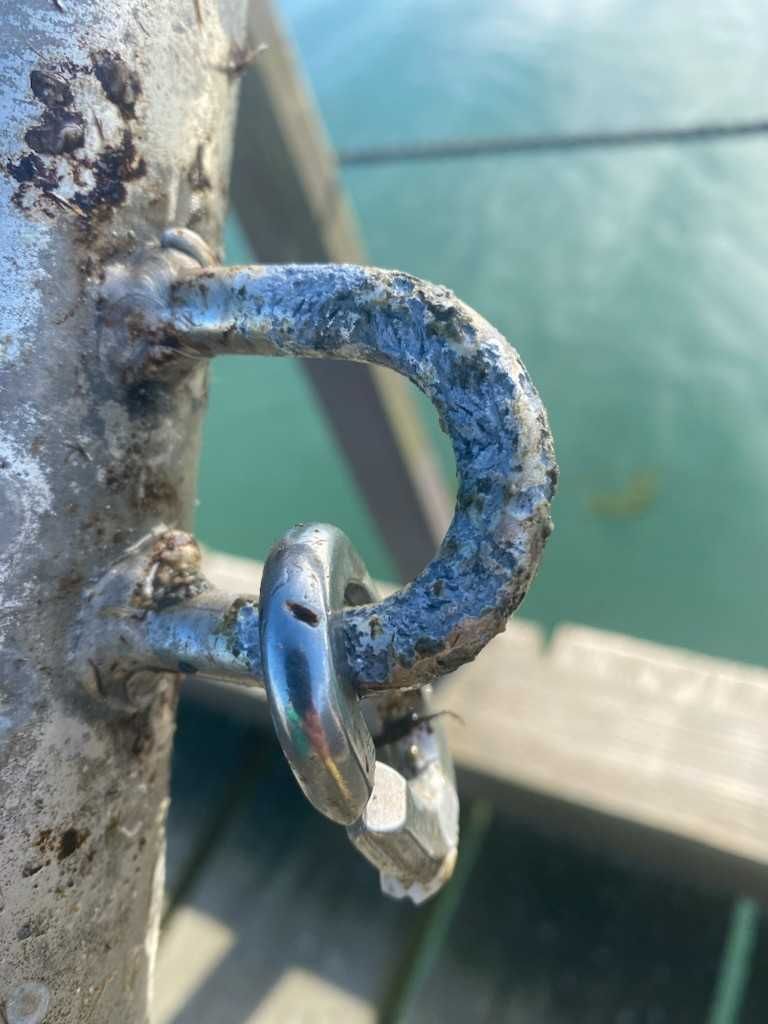Mastering C-Links and Spreader Bars
-
Hey, I just watch the recording of this Farmer Forum event that was held yesterday.
It was a great intro for anyone thinking of getting more kelp production capability on a site originally laid out for single-line rigs. There were couple things I wish has been mentioned.- Multi-lines and anchor size - it's important to note that anchor requirements are mostly based on the length of growline in the water. Whether it's one 1,000' line or five 200' line, the anchor loads will be nearly the same.
- Spreader bar material - Most any material will work but some options are better than others. Wood is cheap but it floats, so weight will be needed to keep the rig at depth. PVC is an option, but it can be brittle in the cold and holes for eye bolts can initiate cracks. Aluminum allows connection points to be welded on and they're strong for their weight. However, with aluminum do not allow steel or stainless hardware (shackles, thimbles) to come in direct metal-to-metal contact, as corrosion will result.
- Why a single buoy on a pair of bridles? I've see the use of a buoy and a single pennant tied to each end of the spreader. I think that is courting disaster because if that part of the farm is pulled underwater by extreme conditions, there is nothing to prevent thing from inverting and twisting up. With a single buoy bridled in the center of the spreader bar, the stability is retained even if things get pulled under.
- Lexa's experiments on productivity and line spacing were very informative. On the spreader bars we make, there are five equally spaced points to attach lines. To ease into multi-line farming, you can start with two, graduate to three, then four, then five. Key is keeping things symmetric across the width.
- I liked hearing about the Putnam's approach to seeding by anchoring the boat up-current or up-wind and using a pulley at the other end of the farm to pull the spreader, lines, and seed out the stern. I'll bet they'll figure a way to do the same at harvest time and I can't wait to here about it.
Cliff
@clifford_goudey good stuff, Cliff. Thanks.
@clifford_goudey Thanks for weighing in, Cliff! Super helpful.
Per Cliff's comment (2. Spreader bar material) I'm sharing a couple of images of the galvanic corrosion that occurred on our spreader loops when we had a stainless-to-aluminum connection on our farm in California. Usually, we splice a line to the spreader bar and c-link. In this case, we made a decision in the field to eliminate that line due to spacing constraints and went for a direct c-link to spreader connection. We were able to reinforce the spreader loops after the first farm season, but don't let this happen to you!


